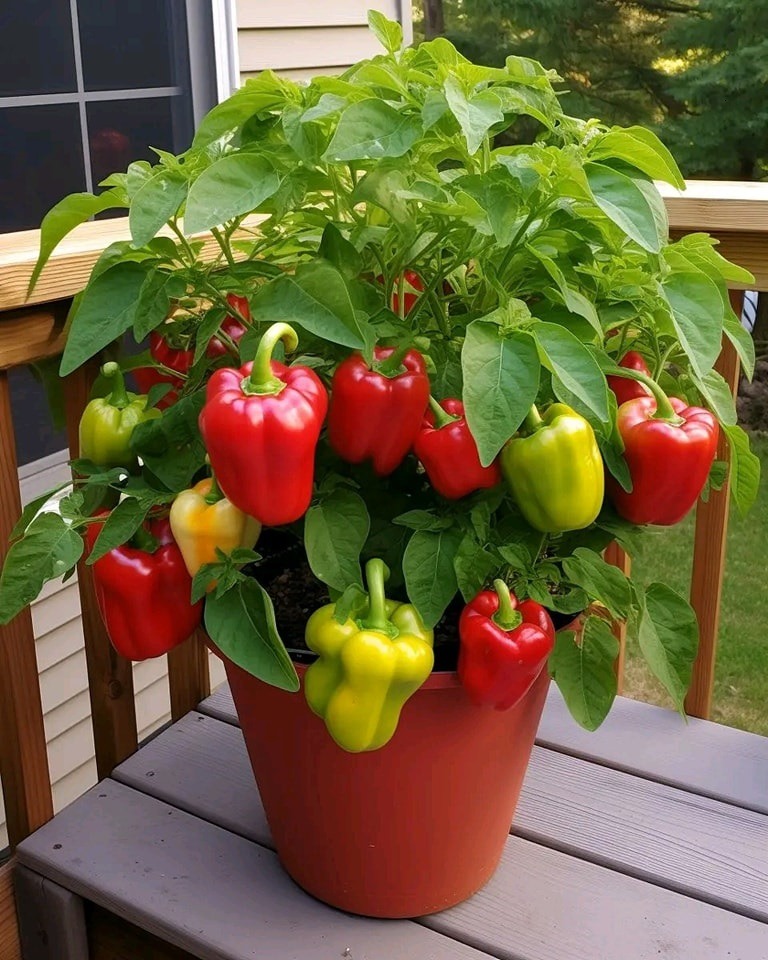Growing bell peppers in your garden can be a rewarding and delicious experience. These vibrant and flavorful vegetables are a favorite among home gardeners due to their versatility in the kitchen. With a few helpful tips, you can successfully grow bell peppers and enjoy a bountiful harvest. Here are seven essential steps to growing bell peppers:
1. Start seeds indoors:

Begin by starting bell pepper seeds indoors, especially if you live in an area with cold winters. Plant the seeds in containers, placing two to three seeds per pot. Thin out the weaker seedlings after a couple of weeks.
2. Transplant seedlings outside:

Wait for outside temperatures to reach a steady 70 degrees Fahrenheit or warmer before moving your pepper seedlings outdoors. Find a sunny spot in your garden with nutrient-rich, well-drained soil. Space the seedlings about 24 inches apart, allowing room for growth and to provide shade to each other in hot weather.
3. Mulch around plants:

Mulching is an often overlooked but beneficial practice for your garden plants. Apply a thick layer of mulch around the base of your bell pepper plants to suppress weeds, retain moisture in the soil, and keep the roots cool. Options for mulch include commercial bark chips, pine needles, grass clippings, or straw.
4. Provide adequate water:

Bell peppers require consistent moisture for optimal growth. Aim to provide one to two inches of water per week, increasing slightly during extremely hot and dry weather. Water at the base of the plant to avoid wetting the foliage, which can lead to diseases.
5. Apply fertilizer for growth:

To ensure healthy plant growth, fertilize your bell pepper plants. Wait until they begin to blossom before applying fertilizer to encourage fruit production. Fertilizing too early may result in excessive vegetative growth instead of fruit development.
6. Manage pests:
Keep a watchful eye for pests that can harm your bell pepper crop. Common pests include blister beetles, aphids, cutworms, mites, pepper weevils, and thrips. Regularly inspect your plants for signs of infestation and take appropriate action. Consult with gardening experts at a local garden center for identification and advice on treatment options.

7. Harvest at the right time:
Bell peppers can be harvested at different stages of maturity. They can be picked when they reach the desired size and color, even before fully maturing. Interestingly, green bell peppers are simply immature versions of their colorful counterparts. When harvesting, it’s best to cut the stem 1 to 2 inches above the fruit rather than pulling it off. This method prevents damage to both the plant and the fruit.

By following these steps, you can enjoy a plentiful supply of delicious bell peppers from your garden. Whether you use them in salads, stir-fries, or stuffed recipes, homegrown bell peppers will add a fresh and vibrant touch to your culinary creations. Happy gardening and bon appétit!

